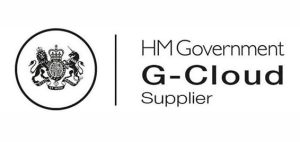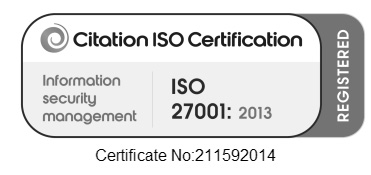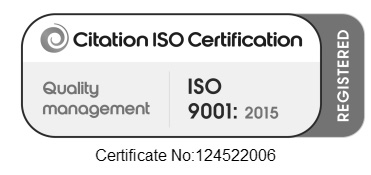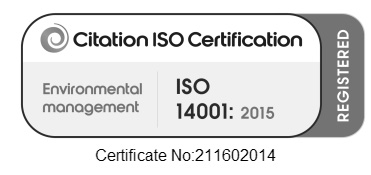Sustainable IT covers the lifecycle of a system – from manufacture, to operation, to its disposal. Within this, there’s so many parts to consider that it can often feel overwhelming, and businesses don’t know where to start when it comes to minimising the impact on the environment through IT provision.
In fact, IT has hardly come into the conversation around eco-friendly practices until very recently. This could be due to the fact the technology actually enhances a firm’s sustainability credentials – allowing for process optimisation such as heating and cooling, virtual meetings to reduce fossil fuel consumption, and other green benefits that tech provides us with.
In terms of relativity, according to The Climate Group, IT hardware and systems produce 2% of the world’s greenhouse gases1 — that’s about 40% more than the UK’s annual consumption — compared to 21% for agriculture.
But there are still ways that businesses can work towards reducing their carbon footprint in terms of IT, and here’s how:
Check your hardware
According to a study in Environmental Science and Technology2, 81% of a device’s lifelong energy consumption is used up during the manufacturing stage. It’s crucial to choose brands that have good green credentials and ethical supply chains. This goes for all IT infrastructure – from laptops and tablets to telephony and servers. There are also several energy efficient accreditations to look out for when choosing hardware, such as TCO.
Additionally, it’s equally important to make sure that when an item’s shelf life comes to an end, it’s responsibly disposed of. Most hardware is filled with harmful, hazardous materials so if the device or item can’t be recycled or repurposed, using an accredited technology waste disposal service is advised.
Cloud computing
Legacy systems such as on-premise servers can be extremely inefficient when it comes to energy consumption. Updating these, and migrating to off-site hosted cloud services where possible, will serve to reduce this. And, data centres can provide economies of scale when it comes to energy usage – with state-of-the-art cooling and automated lighting systems.
According to Nature3, data centres use about 1% of the world’s electricity (as of 2018), so when choosing one to partner with, opt for those that have sustainable accreditations and which are committed to reducing their carbon footprint. Some are making great strides in being powered partially – or fully – by renewable energy, and all will be working hard to employ the latest technology to reduce heat and waste. You should try and check if they’re following data centre best practice, too.
Action on the ground
At a business and individual level, we can all make a difference.
Having processes in place that are actively incentivised — or enforced — serve to cement in employee’s minds what they should do to help sustainability efforts. This could include things as easy as putting a computer to sleep when not using it, sharing printers, using smart power strips, and harnessing other technologies that can help bring about change. In short, doing the things we all do automatically at home to save our own cash, that might not cross our minds at work.
Effective leadership is key. That’s why it’s important that IT has a seat at the boardroom table when discussing long-term sustainability practices. CIOs and information managers — or your external IT provider — have the knowledge, know-how, and expertise to be able to drive forward a holistic green agenda, and be incredibly effective in doing so.
These changes won’t happen overnight though, and should be built into your long-term digital transformation plan so that they can be continually reviewed, tweaked, and improved. Identifying best practice and putting it into place will help to reduce your organisation’s environmental impact while also accelerating technological progress.
Green business matters. Clients and customers are increasingly looking to suppliers that put sustainability at the fore and as such, it’s good commercial sense to evidence that your firm values this. It’s also the right thing to do, for present and upcoming generations. The buck stops with us all to create a bright future for all.






